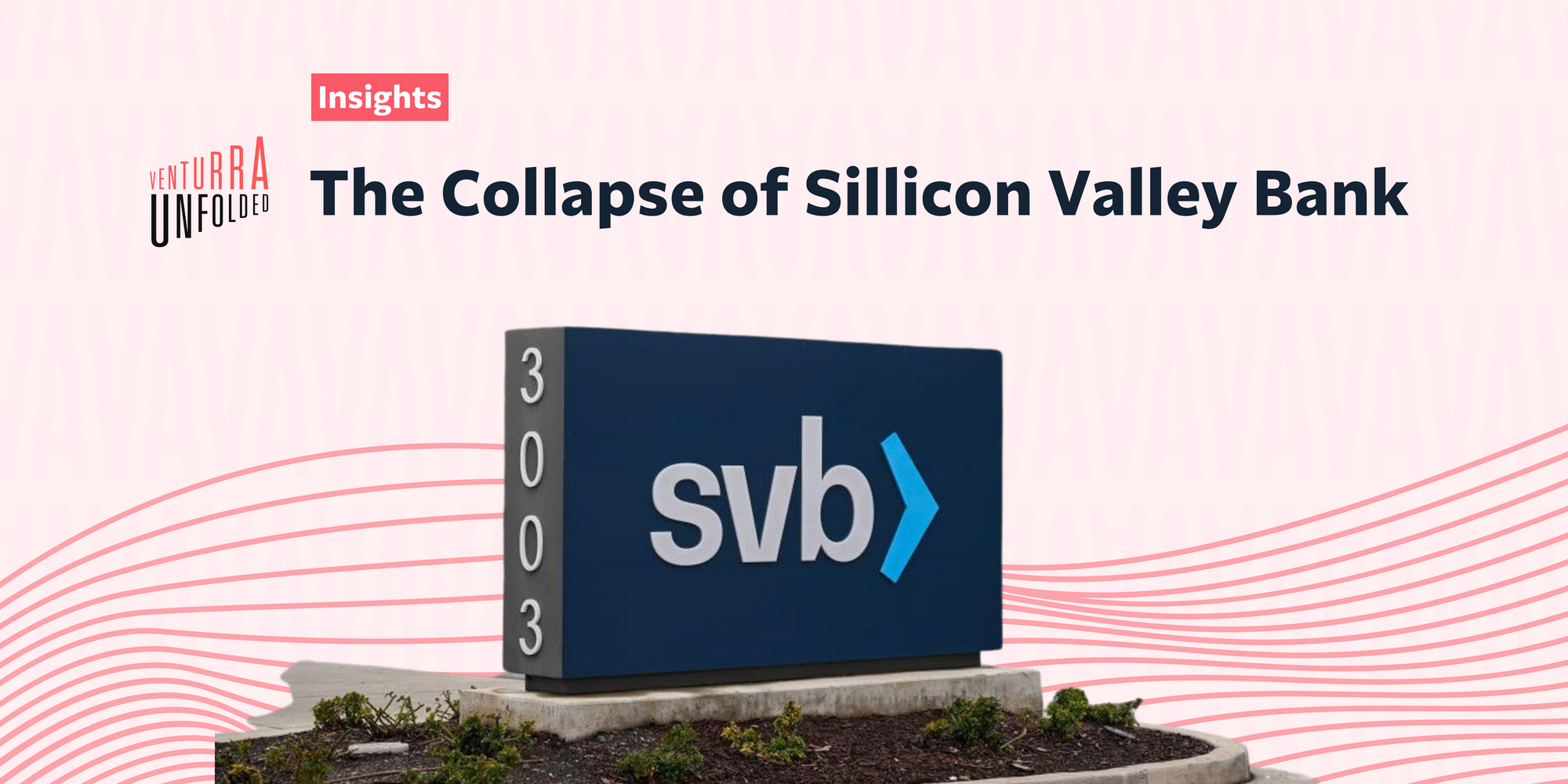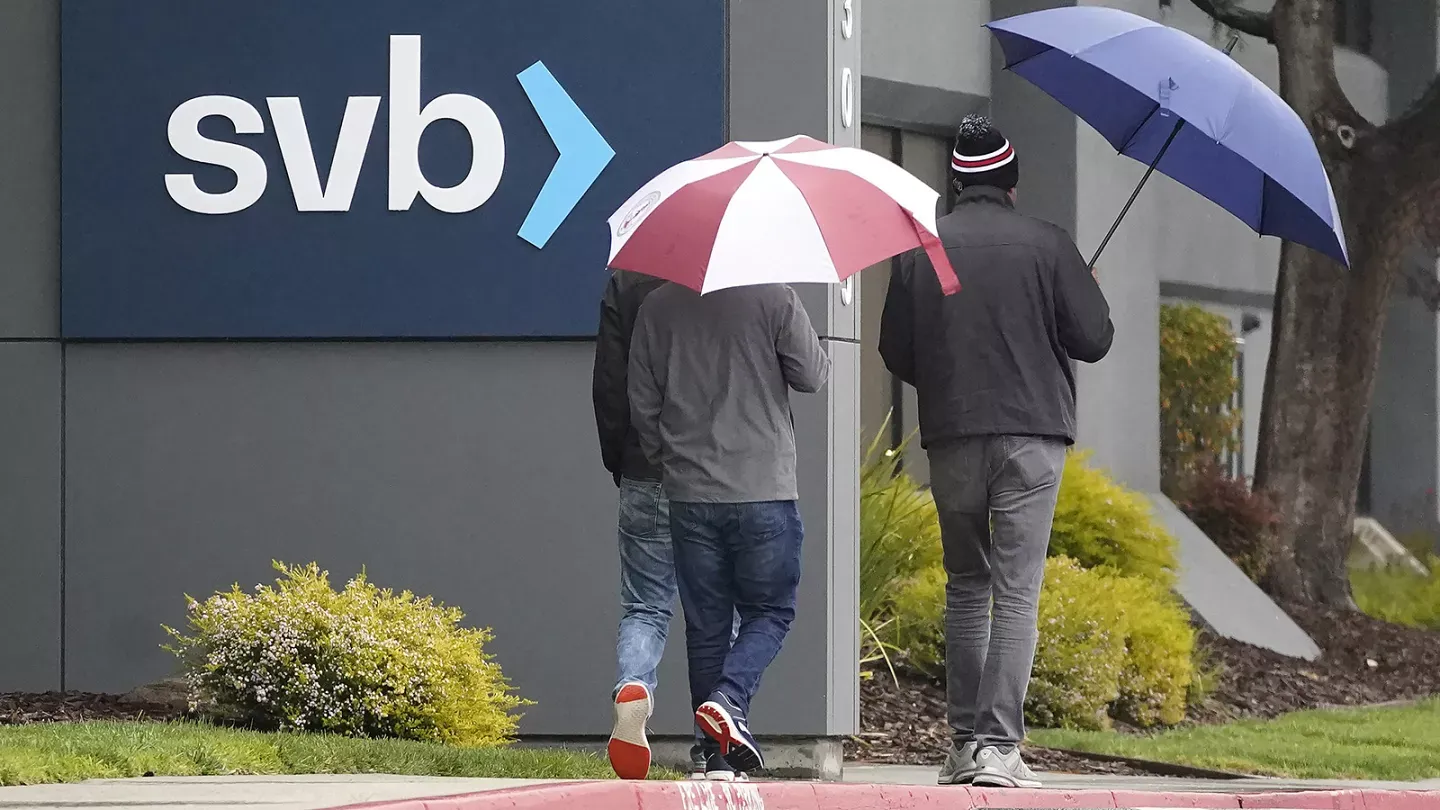The Collapse of SVB: The Most Prominent Lenders in the Startup Ecosystem

On March 10, 2023, Silicon Valley Bank (SVB), arguably one of the most prominent lenders in the start-up ecosystem, collapsed. The root of its demise goes back several years. In 2022, 18% of deposits—about $31.1 billion—came from international clients. SVB’s collapse has had a knock-on effects on international markets.
The roots of SVB’s collapse stem from dislocations spurred by higher rates. As startup clients withdrew deposits to keep their companies afloat in a chilly environment for IPOs and private fundraising, SVB found itself short on capital. A sequence of events led to SVB’s failure including it selling U.S. Treasuries to lock in funding costs due to expectations of higher rates, resulting in a loss of $1.8 billion. SVB also had 89% of its $175 billion in deposits uninsured by the end of 2022.
The impact of SVB goes beyond international clients and their deposits. It has had a knock-on effect in international markets, impacted the reputation of SVB’s international partners, and brought uncertainty to its overseas employees
We've created a timeline to provide a clearer picture of the events and better understand the condition.
March 8:
- SVB raises $500 million from General Atlantic and plans for a $1.25 billion common stock sale, plus another $500 million of depository shares.
- Silvergate Bank announces it's shutting down operations, signaling potential trouble for the industry.
March 9:
- SVB's stock falls 30% when markets open and eventually drops 60% that day.
- VCs and startups start to withdraw their money from the bank.
- SVB CEO Greg Becker attempts to reassure customers in a conference video call.
- The bank updates Goldman Sachs on deposit outflows, leading to the cancellation of the share offering.
- Customers initiate $42 billion in withdrawals, leading to the largest bank run in history.
March 10:
- U.S. regulators take control of SVB and shut it down.
- The FDIC informs some SVB employees that they'll keep their jobs as part of the newly formed bridge bank.
March 12:
- Bids to acquire SVB are due, but there is no sale.
- The U.S. government announces it will backstop all SVB deposits.
- Regulators shut down Signature Bank in New York.
March 13:
- SVB's U.K. arm is sold to HSBC for £1.
- First Republic Bank's stock plunges 60% as the market gets jittery about a broader banking crisis.
- Other regional banks also see stock drops.
- SVB reopens for business as the newly set up Silicon Valley Bridge Bank.
- The Fed announces a review of SVB's failure.
March 15:
- Credit Suisse announces it will borrow up to 50 billion Swiss francs ($53.68 billion) from the Swiss National Bank to strengthen its liquidity.
March 16:
- Treasury Secretary Janet Yellen reassures Congress that the U.S. banking system is "sound."
- Eleven banks inject $30 billion of deposits into First Republic Bank as a show of confidence.
March 17:
- SVB Financial Group files for Chapter 11 bankruptcy protection (Chapter 11 bankruptcy is the formal process that allows debtors and creditors to resolve the problem of the debtor’s financial shortcomings through a reorganization plan) in the Southern District of New York.
- Bids in a second attempt to sell SVB are reportedly due.

What happens after this collapse?
Customers of SVB and Signature Bank will be able to access their deposits, including accounts that held more than the $250,000 limit of FDIC insurance. This will cover the vast majority of accounts at SVB, which held $175 billion in customer deposits. The Federal officials' move guarantees the deposits, and operations at both banks resumed on Monday.
As a result, companies that relied on cash deposits at SVB for their day-to-day operations will be able to continue as usual. For example, they will be able to make payroll.
However, according to the FDIC (Federal Deposit Insurance Corporation), shareholders and some debtholders will not be protected. Senior management has also been removed from their jobs.
Federal officials are also taking action to prevent the situation from spreading to other banks. President Biden assured the public that their deposits are safe in his remarks on Monday morning, saying, "The banking system is safe, and your deposits will be there when you need them."
The Federal Reserve Board has also stepped in to help other institutions shore up their cash reserves, which should prevent another bank run from happening.
However, the market's reaction on Monday was intense. The stock market was volatile throughout the day, with prices fluctuating up and down. Meanwhile, government bonds saw a surge in demand as investors sought out safer investments, causing their yields to drop.

